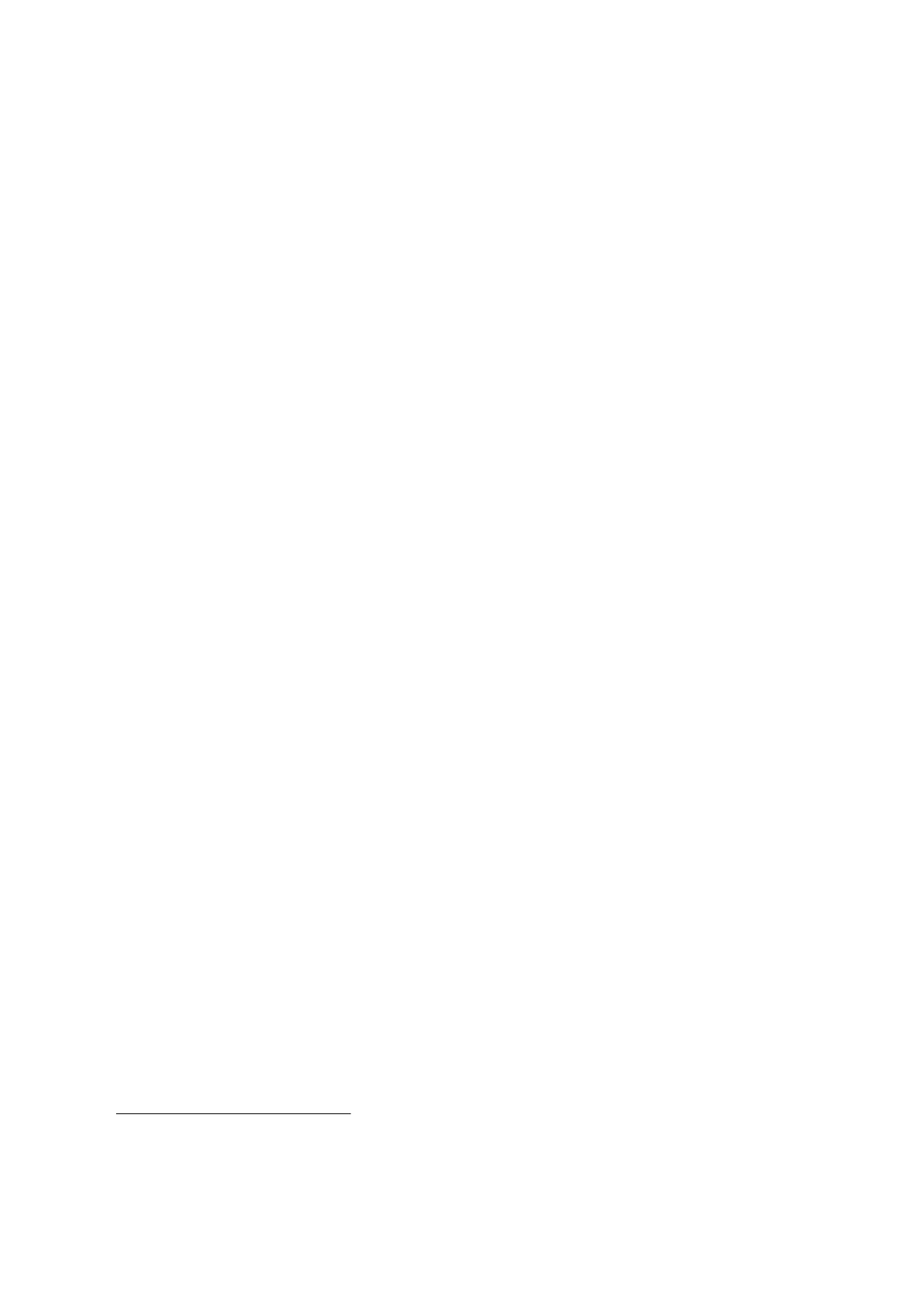

168
highest in the southwest (89.4) and south-south (88.2) and lowest in the northwest (49.6) and
northeast (51.0). More pupils in urban locations (67.6) completed primary school than pupils in
rural locations (60.4). Similarly, the urban dwellers (73.5) had better transition rates from
primary to secondary schools than rural dwellers (62.1). Likewise, pupils from poorest
households, were less likely to complete their primary schools (completing at 32.9 rates) while
children from richest households completed at 52.7%; their respective rate of transition from
primary to secondary school were 35.0 for the poorest homes and 87.6 for the richest
households. Again Igbo and Yoruba completions rates (73.9 and 63.9 respectively) were higher
than that of Hausa ethnic group (54.9); their respective transition rates were 91.0 for Igbo, 71.0
for Yoruba and 48.6 for Hausa. Women's levels of education reflected on their children's
transition rates with children whose mothers had higher education transiting at 89.2 rates while
children whose mothers had no education had the rate of 55.2 (NBS, 2017).
At the tertiary education level, available information is not well disaggregated. A major
challenge in this education sector is relatively low students’ carrying capacity of the tertiary
education system. In 2010, while a total of 1,513,940 candidates applied to study in Nigerian
tertiary education institutions, only 28% of them were admitted across the country. A similar
trend was observed in other years that followed. Of 1,636,356 candidates in 2011 only 26%
secured admission and in 2012, only 27% of the applicants were admitted. The rest of the
intakes were 24% in 2013, 25% in 2014 and 20% in 2015 (NBS, 2017).
Quality of Physical Inputs
Quality in terms of adequacy of inputs varies across states and geopolitical zones. This is
partly because of the decentralization of education sector which allows various states and
local governments to take responsibility for public primary and secondary education
provision. Humphreys and Crawfurd (2014: 57) explain that “the relative independence of
each SMoE and each SUBEB means that no two states have exactly the same systems for the
provision of quality basic education”. States vary in their capacities to provide and finance
quality education. Most states heavily depend on Federal Government allocations to finance
education. More than 60% of average revenues of most states come from transfers from the
Federal Government (Central Bank of Nigeria, 2012; Jones et al, 2014) and larger share of the
Federal transfers for education are used to pay teachers’ salaries. This financial dependence
affects states’ capacity to ensure and sustain quality in education. Although the UBEC receives
various forms of support from MDGs (now SDG Office), International Development Partners
such as China Economic and Commercial Office (CECO), DFID, Japan International
Cooperation Agency (JICA), Korea International Cooperation Agency (KICA), the USAID,
UNESCO, UNICEF, World Bank and others (UBEC, 2015), these are never sufficient. The share
of the Education sector in the Federal Government budgets are very far below the UNESCO
26% recommendation.
43
At the state level, some state is able to allocate up to 10% of their
budget to education but still fall short of the UNESCO recommendation (Oyedeji, 2016;
Adedigba, 2017).
The Federal Government designates 2% of its consolidated revenue fund for financing of the
universal basic education level, which is shared among states using the following formula:
matching grant in form of infrastructure/facilities supplies (50%), support for closing
educational imbalance (14%), special needs education (2%), awards on good performance by
43
For example, only 7.04% of the total budget has been earmarked for education in the 2018 budget and
similar trends have been observed in the previous years.
















